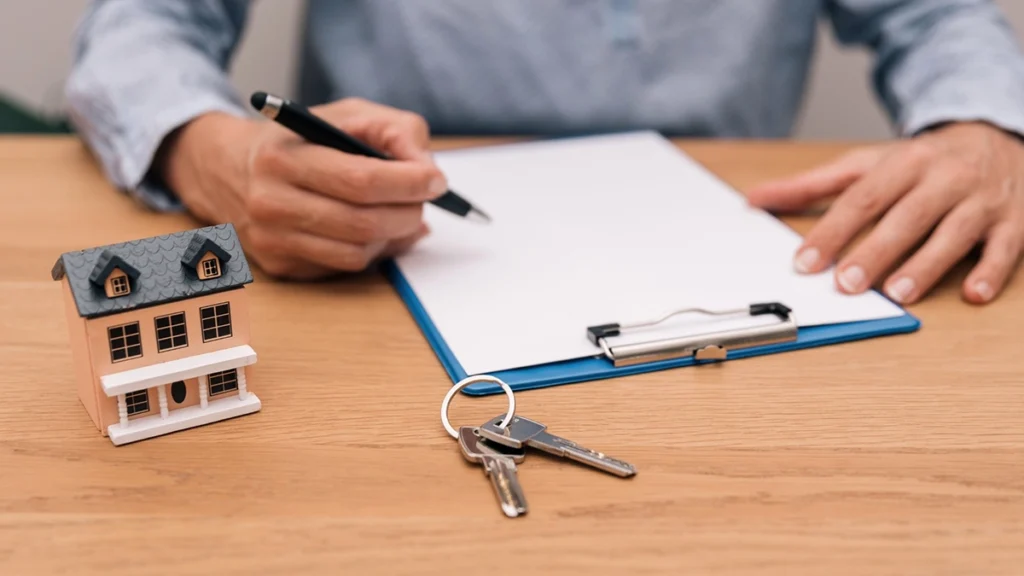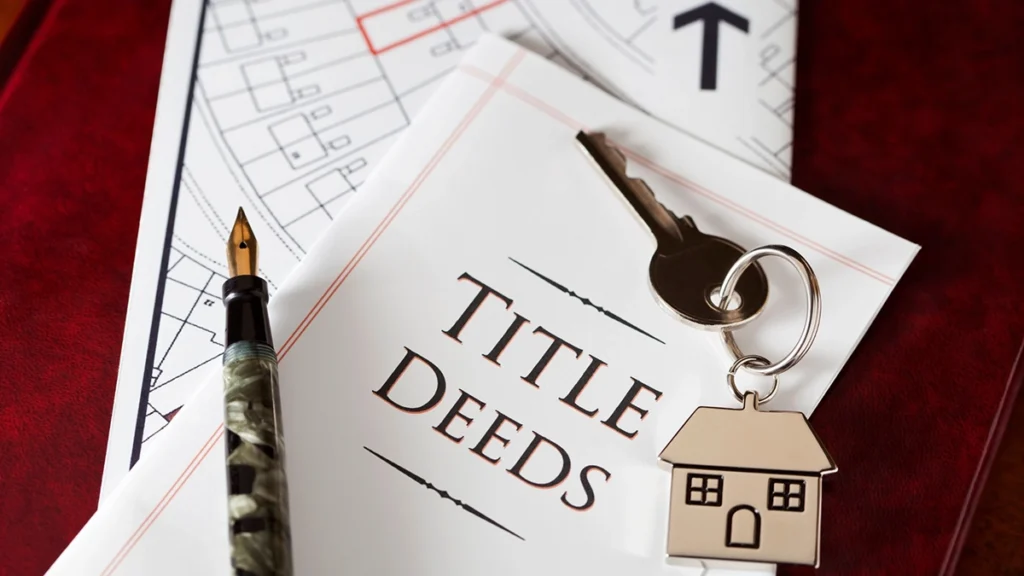If you own a home, you already know how much heart and hard work went into making it yours. It’s more than property, it’s your family’s comfort, security, and the place where memories live. That’s why it’s so important to have a clear plan and a checklist that protects what you’ve built.
A Lady Bird Deed can help you stay in full control today while making sure your loved ones have peace and stability tomorrow. This guide walks you step by step through what to prepare before filing, helping you avoid costly mistakes and delays.
The goal is to give you confidence that your home and the people you love most are protected for the future.
What A Lady Bird Deed Actually Does
A Lady Bird Deed creates a life estate with added flexibility. The owner keeps complete authority during life, including the ability to sell, refinance, or change beneficiaries whenever needed. Those named to receive the home after death, called remainder beneficiaries, gain their rights only after the owner passes.
Because the transfer happens by deed, the home moves automatically outside of probate, avoiding court involvement and long delays.
Why Families Look For A Better Way Than Probate
Probate can take months and often brings added expenses. Court filings, legal fees, and administrative steps slow down transfers and add stress during an already emotional time. A Lady Bird Deed simplifies the process. Once the owner passes, heirs record a death certificate and a short affidavit. The home transfers directly without hearings or court supervision.
Checklist Item 1: Confirm State Eligibility
Before you begin, verify that your state recognizes Lady Bird Deeds. They are currently valid in Florida, Texas, Michigan, West Virginia, Vermont, and North Carolina. Other states may use a different version, such as a transfer-on-death deed or a trust. Checking this first prevents wasted effort and ensures your plan fits the law where your property is located.
Checklist Item 2: Identify Clear Remainder Beneficiaries
Decide exactly who should inherit the property. Use full legal names and clarify relationships, such as “son” or “daughter,” to avoid confusion. You may also name backup beneficiaries in case someone passes before you. Beneficiaries do not hold any rights while you are alive, which means you remain fully in control and can update the deed at any time.
Checklist Item 3: Verify Title And Legal Description
Pull a copy of your current recorded deed to confirm how title is held and review the full legal description. The legal description, not just the street address, defines the property’s boundaries.
Small typos or missing lot numbers can cause title issues later. If you are unsure, a title search can confirm ownership and catch potential problems before filing.
Checklist Item 4: Use The Correct Legal Language
The strength of this deed lies in its wording. The document must clearly state that you retain the power to sell, convey, mortgage, lease, or otherwise dispose of the property without needing beneficiary consent. This language is what gives the deed its flexibility. If omitted, the deed could be treated as a standard life estate and limit your control.
Checklist Item 5: Sign, Notarize, And Record
Sign the deed before a notary and, where required, witnesses. Make sure the county name and date are correct on the notary block. Once signed, record the document with the county clerk where the property sits.
Recording makes it official and part of the public record. Without it, the deed will not take effect, and title companies will not recognize it.
Checklist Item 6: Coordinate With Your Will And Other Tools
Review your full estate plan to avoid contradictions. A Lady Bird Deed controls only the property it covers. If your will says the home goes to one person and the deed says another, the deed will prevail. Use your will for personal items and financial accounts, and make sure everything works together to create a smooth transfer.
Checklist Item 7: Understand Tax And Medicaid Effects
Most heirs benefit from a “step-up in basis,” which adjusts the property’s value to its market price at the time of death. This often reduces or eliminates capital gains tax if they sell soon after. Some states also treat Lady Bird Deeds favorably for Medicaid purposes, meaning the home may not be counted for estate recovery.
Always confirm the local rules before filing.
How The Checklist Works In Real Life
Imagine a homeowner in Florida who refinances her home, keeps full ownership rights, and names her son as the remainder beneficiary. When she passes away, he records a death certificate and becomes owner within days.
No probate, no court case, no confusion. The plan worked because every detail was handled correctly from the start.
Lady Bird Deed Checklist With Added Context
State Recognition And Property Location
Each property follows the laws of the state where it is located. Even if you live elsewhere, your Florida home must follow Florida rules. If you own homes in multiple states, handle each one separately under the appropriate law.
Beneficiary Design And Family Dynamics
Decide whether beneficiaries inherit individually or by lineage (per stirpes). For families with children or blended households, clarity now avoids conflict later. You can also name a trust or charity as a beneficiary if desired.
Legal Description Accuracy And Common Traps
Errors often occur when copying the legal description from a prior deed. Double-check every symbol, lot number, and reference to recorded plats. For condos, confirm the unit and parking space. Missing details can lead to correction filings later.
Powers And Lender Requirements
Mortgage lenders and title companies look for language that confirms the owner can act alone. Without it, refinancing or selling could be delayed. With it, transactions move smoothly because all parties know the owner’s authority is intact.
Recording Standards And County Variations
Each county may require different margins, parcel numbers, or cover sheets. Call ahead or check the county website to confirm. When recording by mail, include the correct fee and a return envelope. If recording in person, request a receipt for tracking.
Coordinating With Existing Plans
If you have a trust, you may name it as the remainder beneficiary. Couples should also confirm how their current deed lists ownership, such as joint tenancy or tenancy by the entirety, before converting to a Lady Bird Deed.
Taxes, Insurance, And Local Rules
A Lady Bird Deed generally keeps homestead protections and property tax exemptions intact during life. After the transfer, the new owner should file for continued exemptions and update homeowners insurance to prevent coverage gaps.
Comparing Alternatives Without The Jargon
Other tools can also avoid probate. Transfer-on-death deeds work in many states but may lack the same flexibility. Living trusts manage multiple assets under one plan but come with setup costs. Joint ownership offers simplicity but can expose the home to another person’s debts. A Lady Bird Deed balances control and simplicity better than most options.
Common Misconceptions To Clear Up
A Lady Bird Deed does not replace all other estate planning. It covers only the property named in the document. Beneficiaries cannot force a sale during life, and the deed is not limited to older adults. Many homeowners file one early to save their families future stress.
Costs, Timing, And What To Expect
Preparing the deed is quick once the legal description is ready. Recording usually costs less than a few hundred dollars. After filing, store copies safely and tell your beneficiaries where to find them. When the time comes, the process will be simple and clear.
After Death: Practical Steps For Heirs
Heirs will need certified copies of the death certificate and may record a brief affidavit of ownership. Utilities, insurance, and any mortgage accounts transfer into the new owner’s name. Because probate is avoided, there are no court cases or delays. The transition happens quickly and peacefully.
Lady Bird Deed Checklist Recap
Seven Things You Will Need
- Proof that your state recognizes Lady Bird Deeds.
- Full legal names for all beneficiaries and alternates.
- The most recent recorded deed with the full legal description.
- Accurate language granting full control to the homeowner.
- Proper signing, notarization, and recording with the county clerk.
- Consistency with your will, trust, and other estate documents.
- Awareness of tax, Medicaid, and homestead implications.
Key Takeaways
- A Lady Bird Deed keeps you in control during life and helps your home pass without probate.
- It is available in a limited number of states, so check eligibility early.
- The deed overrides a will for that specific property, so coordination is key.
- Careful drafting, signing, and recording ensure a smooth transition later.



